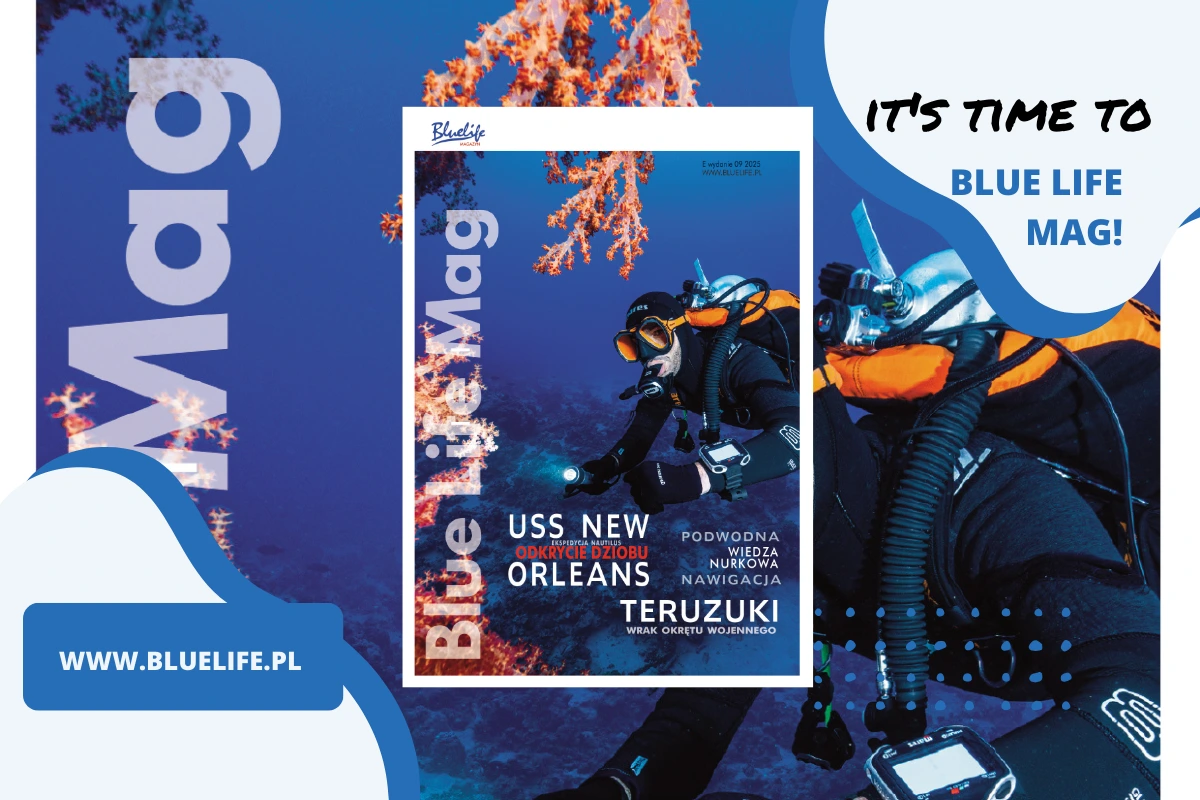The wreck of HMHS Britannic, the sister ship of the famous Titanic, has been resting on the bottom of the Aegean Sea near the Greek island of Kea for over a century. Here, history and technology intertwine in a fascinating story, with new chapters being uncovered by researchers and enthusiasts of maritime mysteries. For decades, the final resting place of the Britannic remained undiscovered until Jacques Cousteau’s groundbreaking expedition. Today, thanks to the efforts of the Britannic Foundation and the support of the Central Council for Modern Monuments, artifacts from the wreck may soon find a new home at the Greek Underwater Archaeology Museum—a modern institution soon to open its doors in Piraeus.
While Titanic is considered the most famous transatlantic liner of all time, Britannic was actually the largest of the three Olympic-class sister ships. Built at the Harland and Wolff shipyard in Belfast, Britannic measured 269.01 meters in length, 29 meters in width, and had a displacement of 53,000 tons. For comparison, Titanic was 269 meters long, 28.2 meters wide, and displaced 46,328 tons. These differences resulted from design modifications made after the Titanic disaster, aimed at increasing the safety of the new ship. As a result, Britannic was not only more technically advanced, but also larger and heavier than its famous predecessor.
Britannic was launched on February 26, 1914, and entered service at the end of 1915. Initially intended as a luxury liner, the outbreak of World War I changed its fate—Britannic was converted into a hospital ship. Its story was brutally cut short on November 21, 1916, when it sank after striking a German mine off the coast of Attica. On board were about 1,300 people, 30 of whom lost their lives.
Jacques Cousteau and the Discovery of the Britannic Wreck
Finding the wreck of HMHS Britannic was one of the most spectacular achievements in the history of underwater archaeology. For nearly 60 years, the ship’s resting place remained unknown, with many attempts to locate it ending in failure. It wasn’t until 1975 that French oceanographer Jacques-Yves Cousteau, a pioneer of marine research and modern underwater archaeology, took on the challenge of finding the “steel giant.” His expedition, equipped with advanced technology for the time—including submersibles and diving bells—began systematically searching the seabed near Kea.
After months of analysis and exploration, Cousteau and his team located the liner’s wreck at a depth of 122 meters. At 67 years old, Cousteau himself made one of the deepest dives of his career to personally examine the remains. This expedition not only confirmed the wreck’s position but also produced the first photographs and footage documenting the ship’s technical condition. Due to the difficult conditions at this depth, each dive required meticulous planning and specialized technology, making the research exceptionally demanding.
The material collected by Cousteau and his team became the foundation for further research and an inspiration for subsequent generations of underwater archaeologists. Thanks to his work, the Britannic wreck ceased to be just a legend—it became a tangible subject of study, and its story could finally be retold.
The Britannic Foundation and the Recovery of Artifacts
In 1996, Simon Mills, a British researcher and maritime history enthusiast, acquired the rights to the wreck. His activities, supported by the Britannic Foundation, helped popularize knowledge about Titanic’s sister ship. Mills not only authored two books about Britannic but also appeared in numerous television documentaries, bringing the ship’s extraordinary story to a wider audience.
Thanks to the efforts of the foundation and the Central Council for Modern Monuments, it has become possible for the first time in years to recover and secure the most valuable artifacts from the wreck. Among the items planned for retrieval are the ship’s bell, around 20 porcelain plates, 15 glass bottles, and the Marconi wireless system. The salvage operation, scheduled for the coming months, poses a unique challenge due to the considerable depth of the wreck and high technical demands. Specialized divers will take part in the project, and all work will be supervised by experts from the Ephorate of Underwater Antiquities.
Greek Underwater Archaeology Museum – A New Life for Artifacts from Britannic’s Final Resting Place
The recovered artifacts will undergo a multi-stage conservation process in the specialized laboratories of the Ephorate of Underwater Antiquities. The procedure includes careful cleaning of objects from sediment and sea salt, chemical stabilization, and protection against further degradation. Each item—from porcelain plates and glass bottles to the ship’s bell and Marconi wireless system—will be individually analyzed for its state of preservation and historical value.
After conservation, the artifacts will be transported to the newly established Greek Underwater Archaeology Museum in Piraeus, which aims to become a leading institution presenting the underwater archaeological heritage of the Mediterranean region. The museum is scheduled to open in 2026.
The exhibition will be the world’s first comprehensive presentation of items recovered from the wreck of this legendary ship. The public will gain a unique opportunity to see original artifacts that have rested on the sea floor for over a century, bearing witness to the history of maritime travel, wartime fate, and the technological progress of the early 20th century.
Sources: Wikipedia, Greek Ministry of Culture, britannica.com, YouTube, Britannic Foundation


